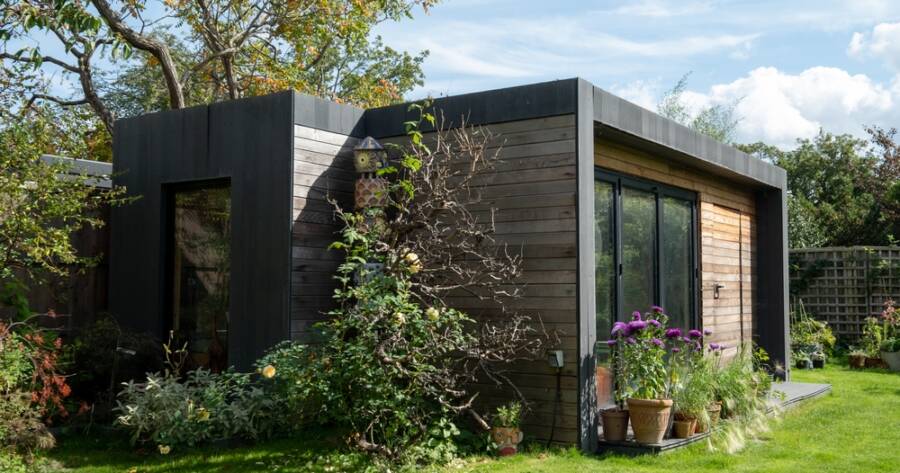Build an energy-efficient garden office with insulation, solar panels, and smart tech. Reduce heating costs, minimize electricity bills, and optimize energy usage. Perform a search online today to learn everything you need to know.
What Makes an Insulated Garden Office Energy Efficient?
An insulated garden office can significantly reduce energy consumption and heating costs. Proper insulation acts as a barrier, preventing heat from escaping during cold weather and keeping the interior cool during hot weather. This reduces the reliance on heating and cooling systems, resulting in lower energy bills and a more comfortable working environment. Moreover, insulation improves the overall energy efficiency of the garden office, making it more environmentally friendly.
When choosing insulation for a garden office, it is essential to consider the material’s thermal resistance (R-value). The higher the R-value, the better the insulation’s ability to resist heat flow. Common insulation materials include fiberglass, cellulose, and spray foam, each with varying R-values.1 Additionally, proper installation techniques are crucial to ensure that there are no gaps or air leaks, which can compromise the insulation’s effectiveness.
By incorporating adequate insulation into the construction of a garden office, individuals can create a comfortable and energy-efficient workspace that aligns with sustainable living practices.
Energy-Efficient Garden Offices: Saving You Money
Investing in energy-efficient features for a garden office can result in substantial cost savings in the long run. One effective measure is installing solar panels. By harnessing solar energy, a garden office can generate its own electricity, reducing reliance on grid power and potentially generating surplus energy that can be fed back into the grid for financial incentives.2
Additionally, choosing energy-efficient appliances and lighting can further reduce energy consumption. Energy-efficient appliances, such as computers and printers, consume less electricity while performing the same tasks. Similarly, LED lighting uses significantly less energy compared to traditional incandescent bulbs and lasts longer, minimizing the need for frequent replacements.
By adopting these energy-efficient practices, individuals can significantly lower their energy bills and enjoy a more cost-effective garden office setup.
Smart Tech: Optimizing Energy Usage in Your Garden Office
Incorporating smart technology into a garden office can further enhance energy efficiency and provide greater control over energy usage. Smart thermostats allow users to remotely adjust the temperature of the office, ensuring that heating or cooling is only used when necessary. This prevents energy wastage and optimizes comfort levels.
Smart lighting systems also offer energy-saving benefits. They enable users to control the lighting remotely, set schedules, and adjust the brightness according to the natural light available. This eliminates unnecessary lighting usage and reduces energy consumption.
By integrating smart technology into a garden office, individuals can achieve optimal energy efficiency, reduce their carbon footprint, and create a more sustainable workspace.
Learn More About Energy-Efficient Garden Offices
For individuals interested in delving deeper into the topic of energy-efficient garden offices, numerous resources are available online. Reputable websites, industry publications, and sustainability blogs provide valuable information on the latest trends, best practices, and innovative technologies in energy-efficient design and construction. By actively seeking knowledge and staying informed, individuals can make informed decisions when creating their own energy-efficient garden office, contributing to a more sustainable future.
